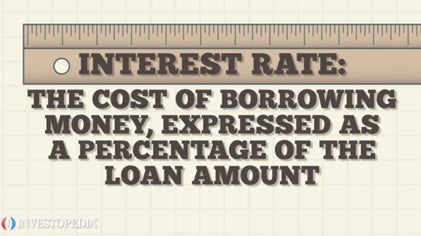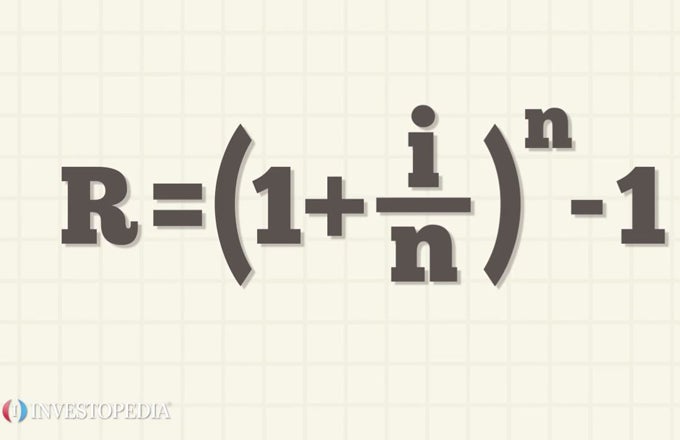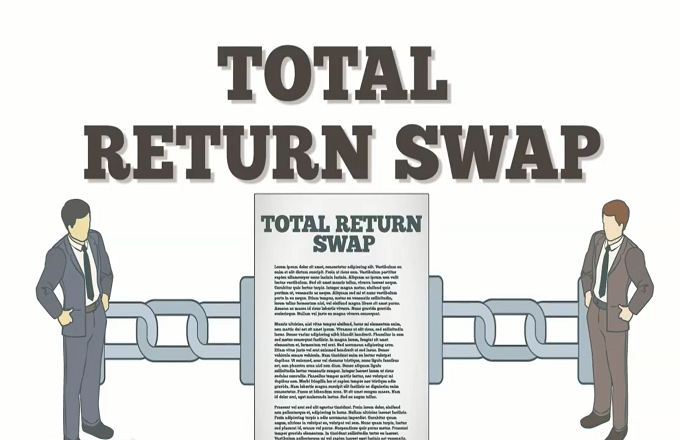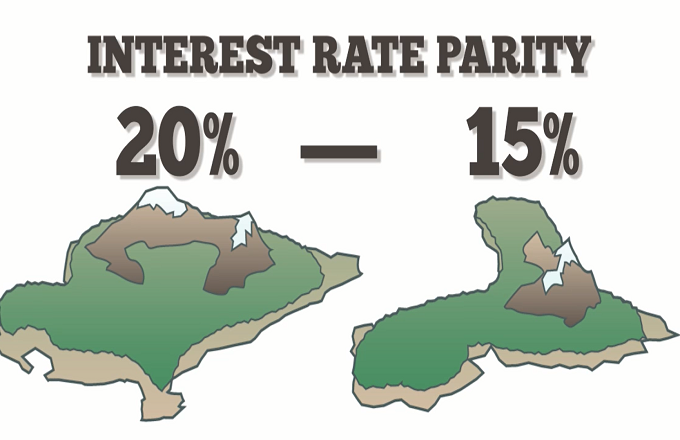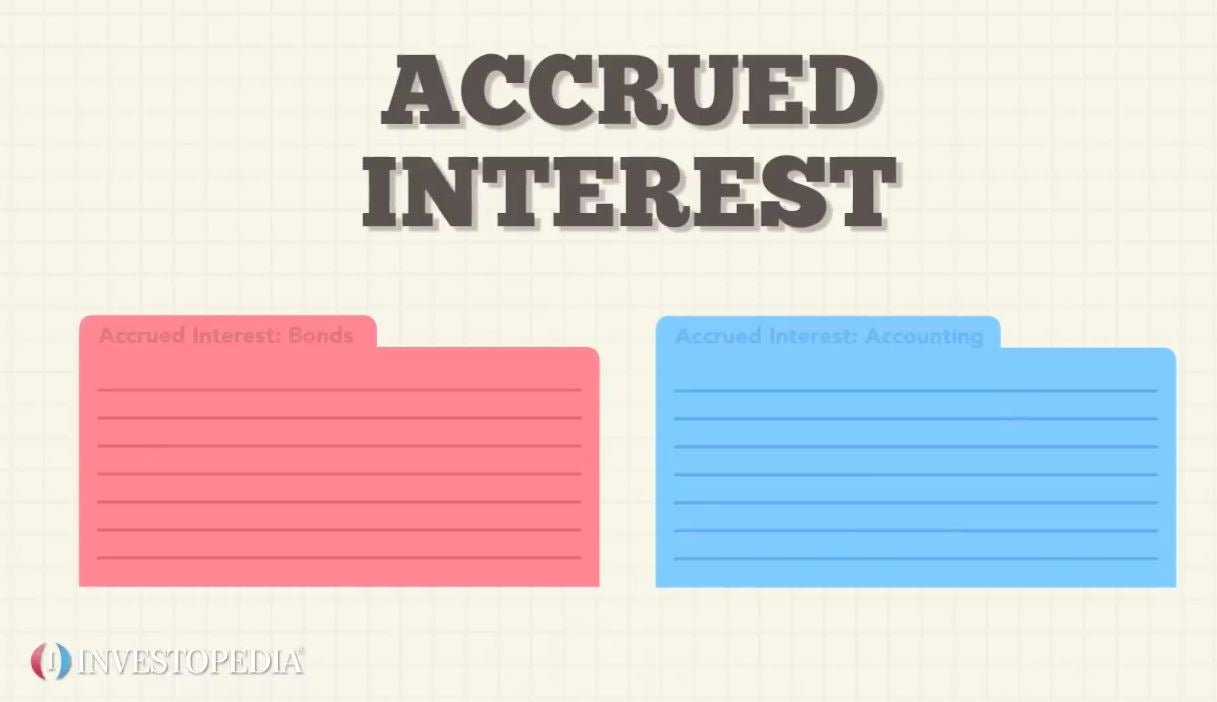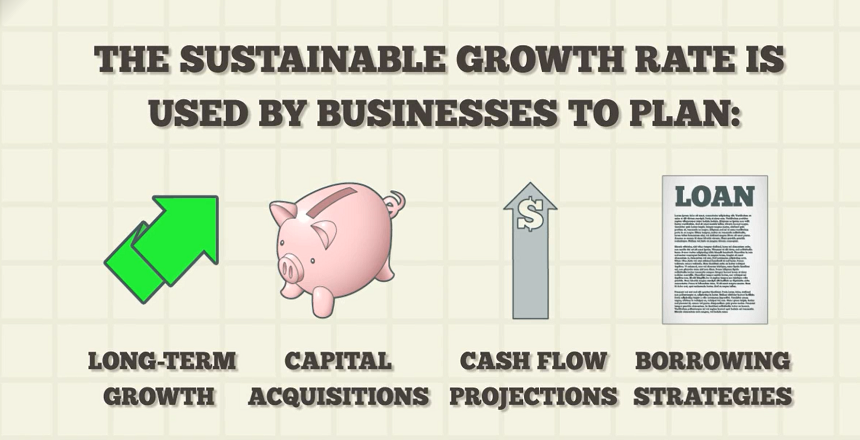An interest rate swap is an exchange of future interest receipts. Essentially, one stream of future interest payments is exchanged for another, based on a specified principal amount.Each participant in the swap is referred to as a party, or together, as counterparties. Financial institutions use interest rate swaps to manage credit risk, hedge potential losses, and earn income through speculation. While interest swaps are very complex, they allow financial institutions and corporations to manage debt and risk more effectively. The most common type of interest rate swap is the vanilla swap. In a vanilla swap, one party – the payer – agrees to pay a fixed-rate interest, while the other party – the receiver -- agrees to pay floating-rate interest, which is usually tied to the London Inter-bank Offered Rate (LIBOR). Note that the counterparties do not swap their actual investments, or their entire interest payments. They simply agree to make payments to one another based on the rise or fall of the floating interest rate. There are potential benefits and risks for both parties in an interest rate swap. If interest rates rise, the payer benefits, because their fixed rate is unchanged, and the receiver now owes them the difference between the fixed rate and the floating rate. If interest rates drop, the receiver wins, because their floating rate is now lower than the fixed rate, and they will be receiving the difference from the payer.
